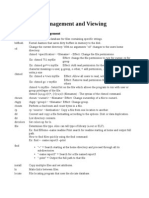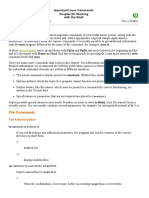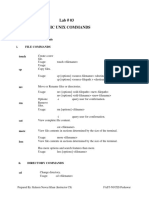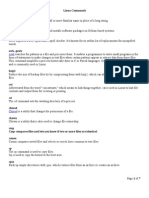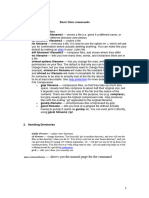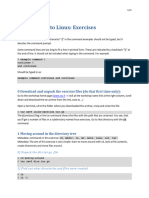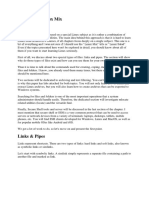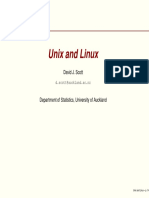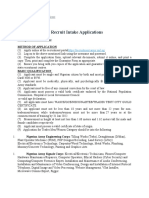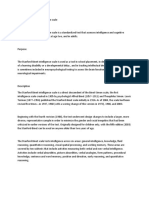0% found this document useful (0 votes)
48 views44 pagesLinux Basics and Commands Guide
Uploaded by
ShubhamCopyright
© © All Rights Reserved
We take content rights seriously. If you suspect this is your content, claim it here.
Available Formats
Download as PPTX, PDF, TXT or read online on Scribd
0% found this document useful (0 votes)
48 views44 pagesLinux Basics and Commands Guide
Uploaded by
ShubhamCopyright
© © All Rights Reserved
We take content rights seriously. If you suspect this is your content, claim it here.
Available Formats
Download as PPTX, PDF, TXT or read online on Scribd
/ 44






